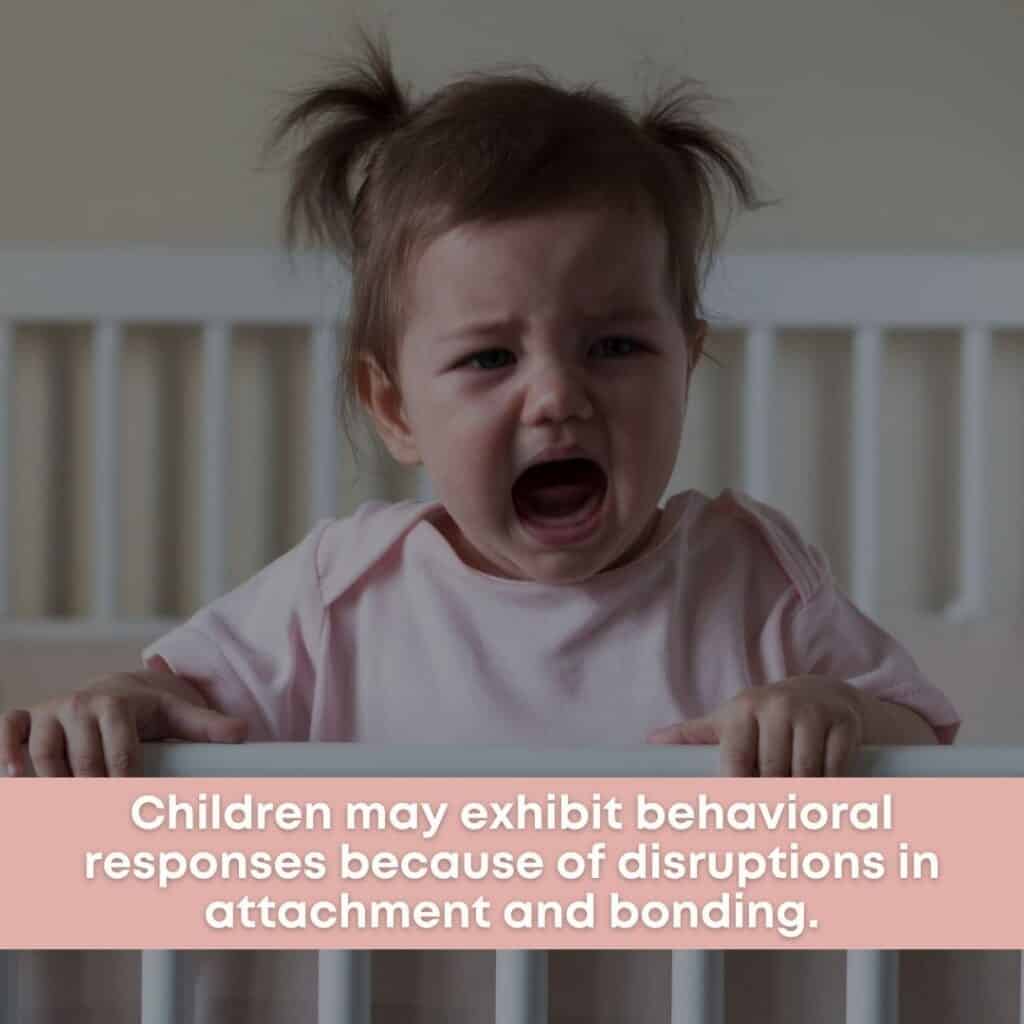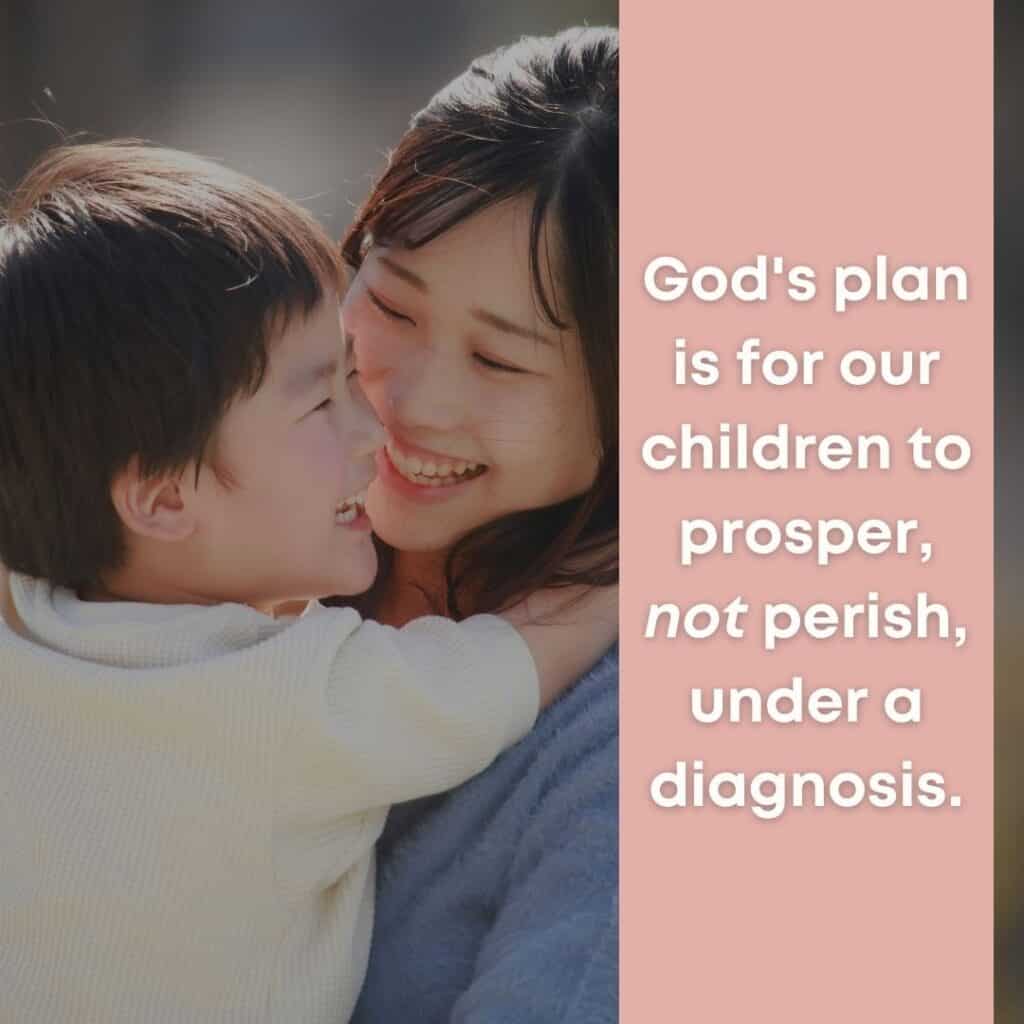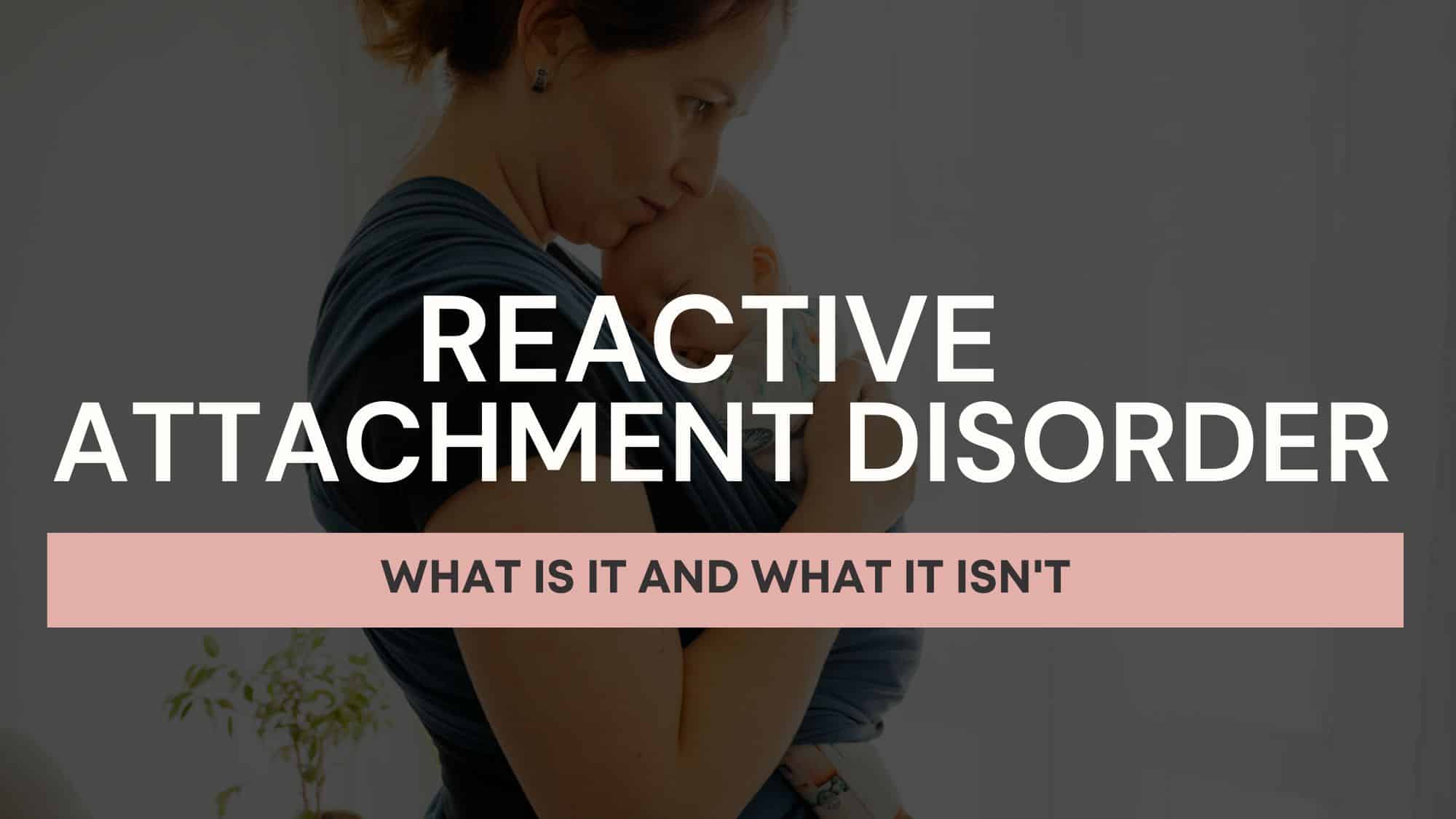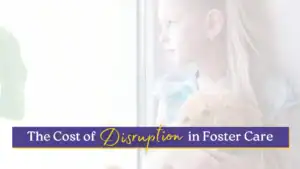One way that we create order out of our unknowns is by sorting things into categories. Humans seek to find the connections between seemingly unrelated items. While this may work for kitchen organization, it can fall very short when looking at children, behaviors, and relationships. We tend to build buckets where we put things we don’t understand; however, Reactive Attachment Disorder (RAD) doesn’t fit into a bucket. When we see unusual behaviors in children, we go straight to calling them RAD. Let’s challenge this practice and build an understanding of behaviors through the lens of attachment disruptions, not a disorder.
These disruptions may occur for various reasons, not all negative. Perhaps a parent was deployed to serve our country in their military career, which caused a disruption in connection. Parents may suffer from a medical condition and be hospitalized during a critical time in a child’s development. Or perhaps a parent experiences a bout of depression and isn’t available for their child emotionally. These circumstances may create some disruptions in children’s attachment. Subsequently, children can demonstrate behaviors that create confusion and frustration because those behaviors do not make sense to us.
What is Attachment?
Let’s start at the beginning: a baby demonstrates a need—to be fed, held, changed, or soothed—and their parent tends to their need, creating a bond of trust and safety. The next time the child’s needs appear, they believe that their needs will be met, and they are. This cycle repeats multiple times and creates a healthy attachment. This was my story. Even though I was born to a teen mom, she chose to give me life, nurturing and meeting my needs so that I grew up feeling loved and cherished. With that experience as part of my history, I could provide this same experience to my children, who then created secure attachments to their children.

Disruptions in Attachment and Bonding
Now consider the opposite of this experience. A child expresses a need that is missed or dismissed, and the child doesn’t get to soothe and regulate. The child later cries again, wanting his needs met. For a multitude of reasons, the parent is unable to meet the child’s need. The child expresses their need again, with the same result, and the parent doesn’t meet it again. The child begins to believe that no one will be there for them; there is no one they can trust. One of the saddest things I ever heard was that babies in an Eastern European orphanage stopped crying. Can you imagine that level of despair?
We often think we can swoop in and fix their hurt by loving them. Yes, that is an important ingredient because love is patient, kind, and forgives all things. However, we also need to know how to create reparative parenting interventions where children learn how to trust and self-regulate. Because their needs weren’t met as a baby, they began to believe they were the only ones who could meet them. Now you can see why giving trust is so difficult. These children may also struggle with trusting God because their development does not include a healthy relationship with trust.
Children may exhibit behavioral responses because of these disruptions in attachment and bonding. The behaviors may be small and seemingly insignificant, or they may be huge and feel overwhelming. The presence of the behavior does not necessarily warrant a diagnosis.

Reactive Attachment Disorder
RAD is a term that gets thrown around, perhaps without a realistic understanding of what it is or isn’t. RAD is an acronym that stands for Reactive Attachment Disorder. It is a disorder that must meet specific criteria. A licensed clinician should only make this diagnosable disorder because a child meets the required criteria of the disorder’s threshold. Giving a diagnosis creates a label for a child, which may be difficult to leave behind as they grow and develop. This is not God’s plan for us. Not only did God create us uniquely, but His plan is also for us to prosper and not perish under a diagnosis. RAD isn’t something we grab onto when we don’t know what else to do. RAD is not an automatic response when we see behaviors we don’t understand.
Reactive Attachment Disorder (RAD) results when a child doesn’t form healthy emotional bonds with their caretakers (parental figures), often due to emotional neglect or abuse at an early age. Children with RAD histories display trouble managing their emotions. They struggle to form meaningful connections with other people. They also rarely seek or show signs of comfort and may seem fearful of or anxious around their caretakers, even when their caretakers are quite loving and caring. What is most important to remember is that children’s behaviors are not intentional; they are not trying to push your buttons and act out to cause you pain. They are in pain, demonstrating their pain-based behaviors.
Responding to Reactive Attachment Disorder
Whether your child meets the criteria for a diagnosis or not, the most important thing is to look at how we show up for them. We must hunt for and find the child’s need and then meet it; that’s when the behaviors will diminish.
Also important to note is that behaviors will increase and escalate during times of stress and transition. Be aware of this tendency, and work to not react to their behaviors. While the behaviors may feel very personal, they aren’t.

Signs of Reactive Attachment Disorder
Trust
Here’s what you might see in children and youth with attachment disruptions. They may not trust easily. Even though you are trustworthy, they may not extend trust to you. You may feel as though they will never trust you. Be careful not to react in extreme ways. This takes time, more time than you expected.
Emotional Withdrawal
Your child may also emotionally withdraw by not seeking comfort when they are stressed or upset. They feel as though they can’t trust or depend on anyone. If someone tries to comfort them, they generally don’t respond, which could make them angry, resulting in acting out behaviors. Then we tend to give them consequences, further reinforcing why they can’t trust the adults in their lives.
Limited Emotional Response
With your child’s lack of emotional responsiveness, their affect or countenance may be very limited and they may not show their emotions. Because of this, it may be challenging to understand what they are feeling. Rather than trying to tell them that you understand and that you know what they are feeling, what if you started with an observation? Let me give you an example. What if you were to say, “I see your jaw clenched (or tight). What might be causing that?” This approach keeps the child from reacting and feeling like they need to defend their position. You are showing up with curiosity rather than judgment. The children’s behaviors can be difficult to manage. Behaviors such as irritability, sadness, or fearfulness are evident even during times that seem to be non-threatening.
Other Behaviors
The other behaviors I see most often are lying, stealing, and raging. These three behaviors seem to show up frequently in children with attachment disruptions. Giving consequences does not work for these behaviors; instead, we should focus on healing their trauma histories. To do that, we need a different set of skills. Fortunately, there are great resources to help you in this journey, such as TBRI or counseling.















